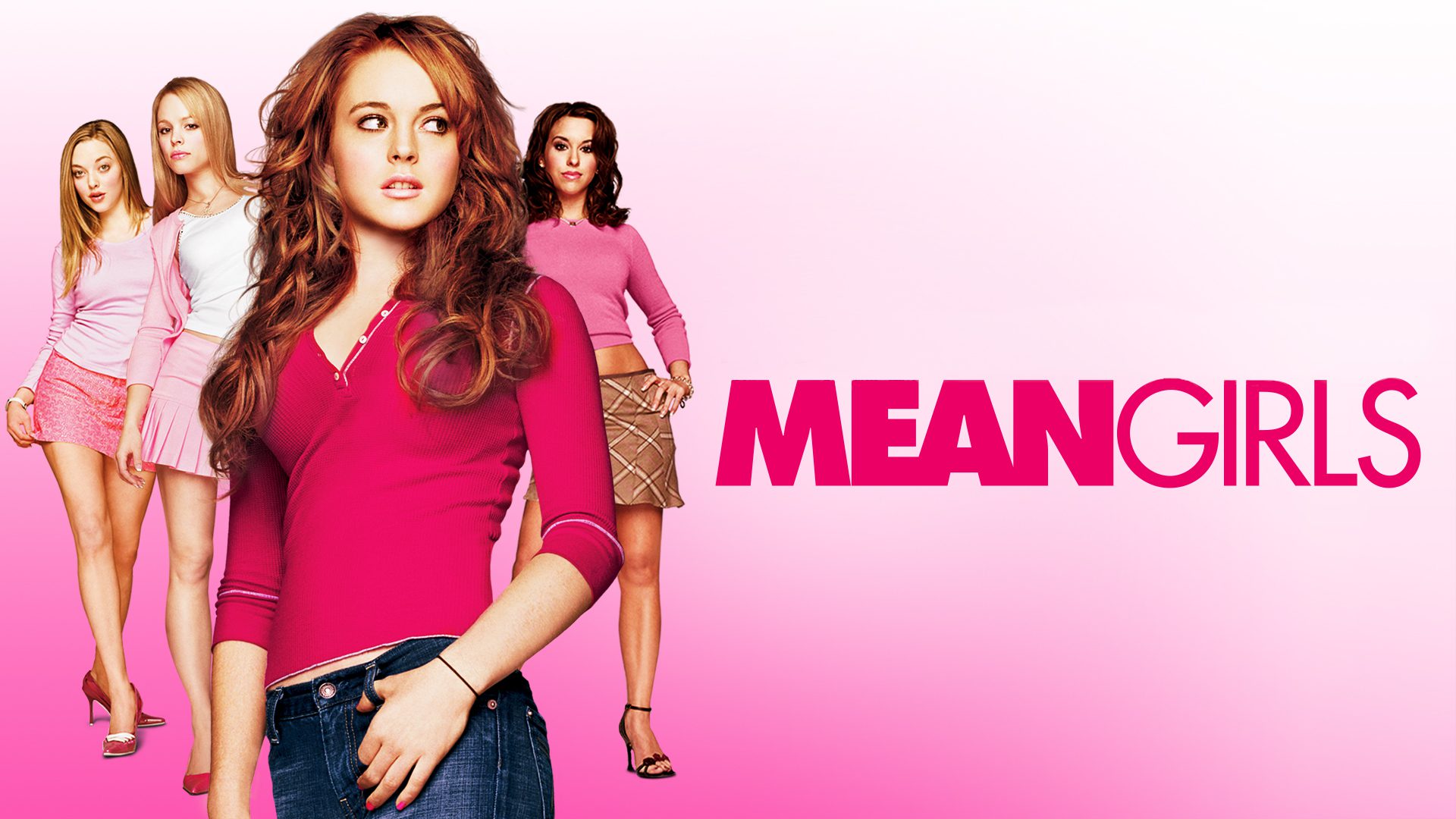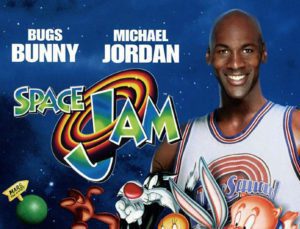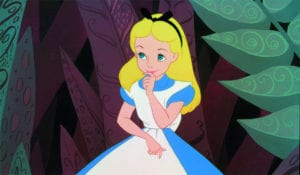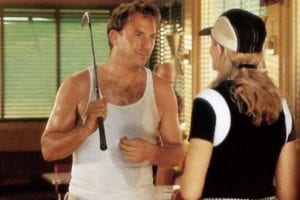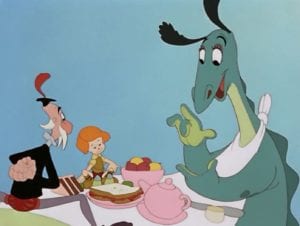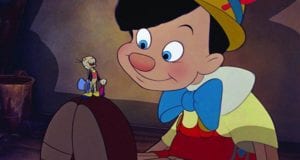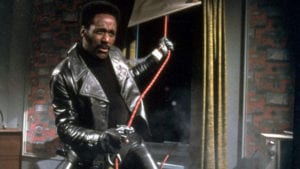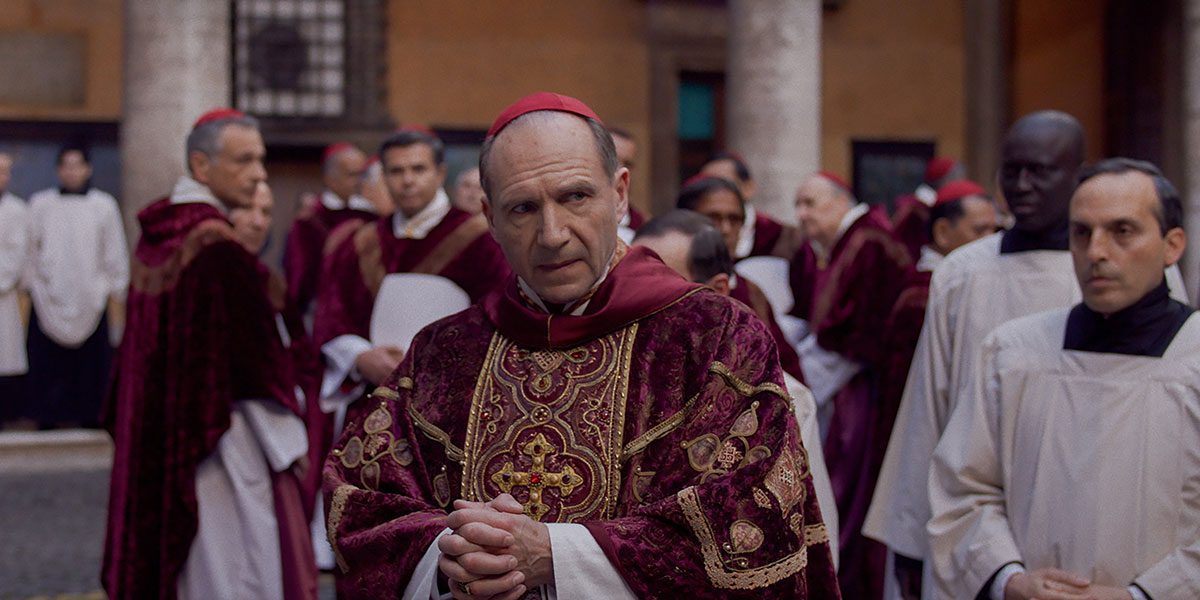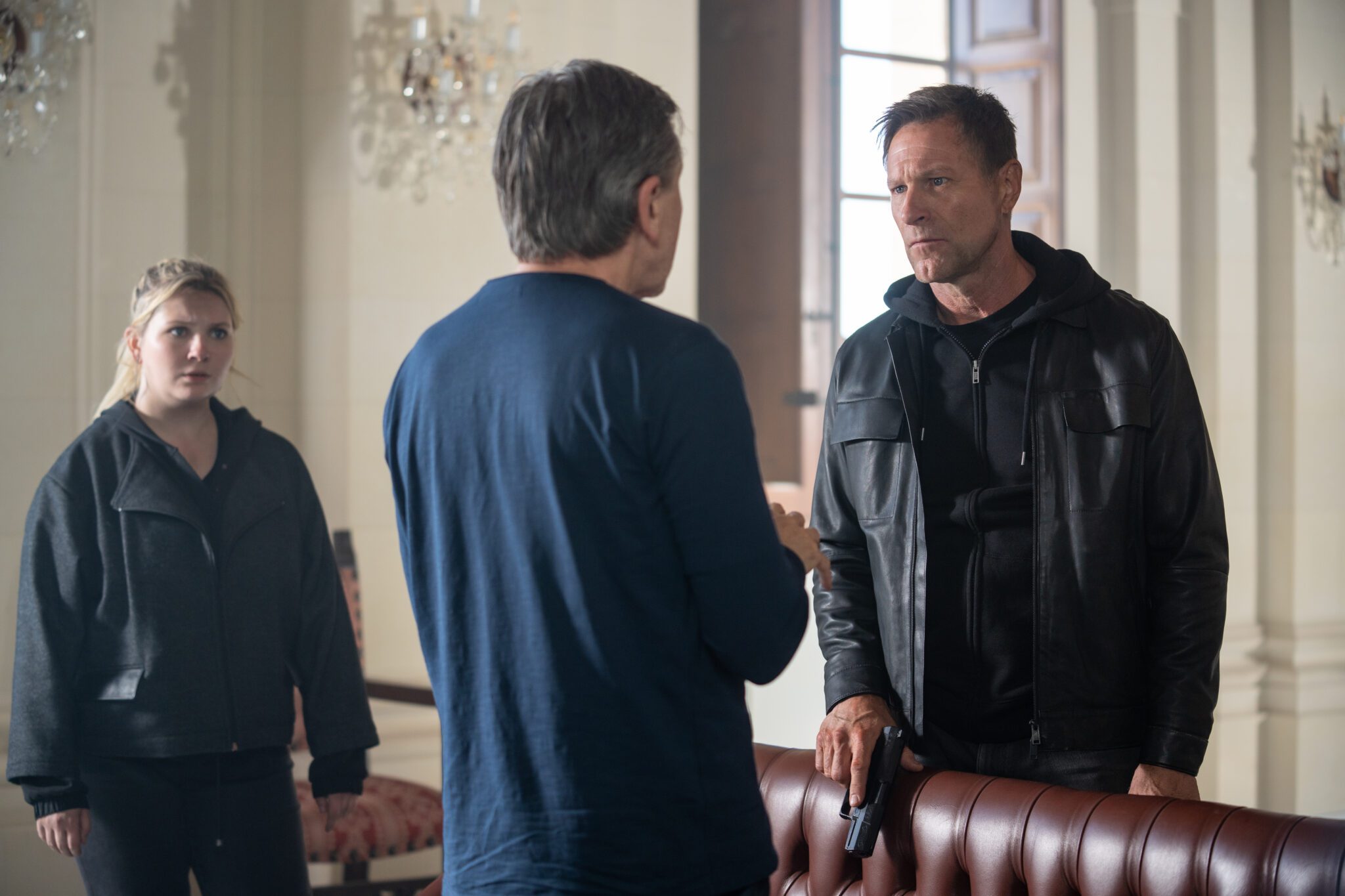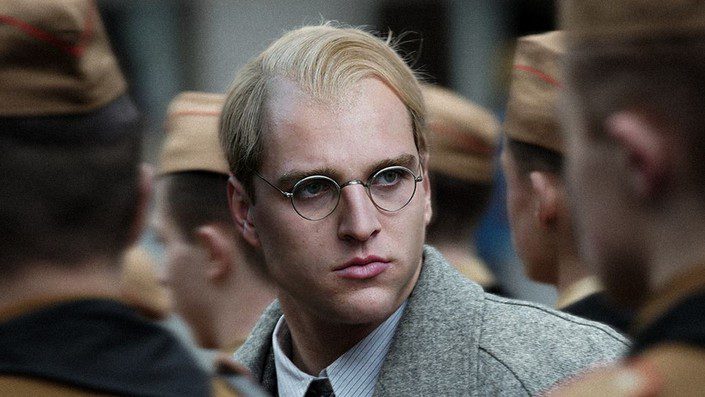By Robert Bellissimo Some Like it Hot was released 65 years ago in 1959 and it still...
#tbt
Even after almost 20 years, Mean Girls is still ‘fetch’. In Mean Girls, we follow teenager Cady...
Remember that time that Michael Jordan and Bugs Bunny lead the most ridiculous rag-tag team of basketball...
I?ll be perfectly honest with you. These last few weeks, or even months, have been challenging for...
Ron Shelton once teamed with Kevin Costner to deliver one of the top-10 sports films of all...
Disney World is closed. So is Disneyland. Indeed, all theme parks and even most major studios are...
Following the relative lack of box office success of Fantasia and Pinocchio and with the country on...
In a bold move, Walt Disney?s 3rd animated film is a mostly silent concert feature, with several...
I read the original Adventures of Pinocchio by Italian author Carlo Collodi when I was young at...
With the release of Tim Story’s Shaft from Kenya Barris’ (Blackish) script, fans of the legendary crimefighter...


